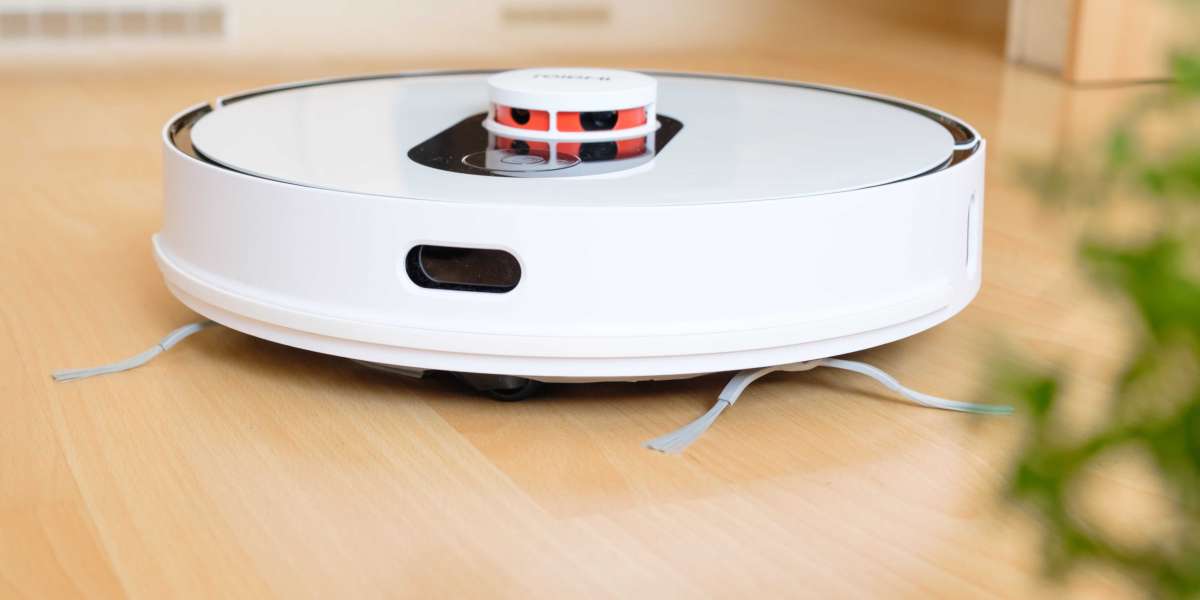In an era where machines, vehicles, and devices are becoming increasingly intelligent and autonomous, Embedded Control Software Systems play a pivotal role. These systems form the digital backbone of modern automation, enabling real-time decision-making, precise control, and seamless integration between software and hardware. From automotive ECUs and industrial robots to drones and consumer electronics, embedded control software ensures systems operate efficiently, safely, and responsively.
What is an Embedded Control Software System?
An Embedded Control Software System is a specialized program designed to manage the functions of an embedded device—typically a microcontroller or microprocessor—within a larger mechanical or electronic system. Unlike general-purpose software, embedded control software is tailored to perform specific, real-time tasks under strict constraints of speed, memory, and power.
At its core, this software interprets sensor data, executes control algorithms, and sends commands to actuators, forming a continuous feedback loop. Whether it’s regulating the temperature of a smart HVAC unit or controlling the stability of an autonomous vehicle, embedded control software enables these operations to happen predictably and in real-time.
Key Components of Embedded Control Systems
- Microcontroller / Microprocessor
The hardware platform where the software runs. It’s responsible for computation and interface with peripheral devices. - Control Algorithms
These are mathematical models (e.g., PID, adaptive, or model-predictive control) that determine how the system reacts to inputs. - Sensor Interfaces
The system receives inputs from sensors that monitor physical conditions like temperature, speed, pressure, or position. - Actuator Drivers
The control software outputs signals that drive actuators such as motors, valves, or servos. - Real-Time Operating System (RTOS)
Many complex embedded systems use RTOS to ensure deterministic behavior and efficient task scheduling.
Why Embedded Control Software Matters
Embedded control software is the brain behind real-world systems. Its importance spans across several key benefits:
- Precision Control: Enables fine-tuned operation of electromechanical systems.
- Automation: Powers autonomous decision-making and process optimization.
- Efficiency: Enhances system performance and reduces energy consumption.
- Safety: Detects faults, responds to emergencies, and ensures safe operation.
- Customization: Tailored to specific applications and hardware environments.
Applications Across Industries
Embedded control software systems are found in nearly every technology-driven industry:
? Automotive
- Engine control units (ECUs)
- Battery management systems (BMS)
- Advanced driver-assistance systems (ADAS)
- Transmission and brake control
- Autonomous driving platforms
✈️ Aerospace
- Flight control systems
- Navigation and autopilot
- Avionics and instrumentation
? Industrial Automation
- Programmable logic controllers (PLCs)
- Motor drives
- Factory robotics
- Process control systems
? Consumer Electronics
- Smart thermostats
- Washing machines
- Microwave ovens
- Home automation systems
? Robotics and Drones
- Path planning
- Obstacle avoidance
- Servo motor control
- Stability and orientation control
Embedded Software Development Lifecycle
At Servotech, we follow a structured and standards-driven approach to develop embedded control systems:
1. Requirements Analysis
We start by understanding the system’s functional and safety requirements, environment constraints, and target hardware.
2. Architecture Design
We design the control architecture, selecting appropriate processors, sensors, interfaces, and control strategies.
3. Model-Based Design
Using tools like MATLAB/Simulink, we create dynamic system models, develop control algorithms, and simulate their behavior under various conditions.
4. Code Implementation
We implement software in C/C++ or generate it automatically from Simulink models for real-time execution.
5. Hardware-in-the-Loop (HIL) Testing
We validate the control software using HIL systems to simulate real-world hardware interaction before deployment.
6. Integration and Debugging
The software is integrated with hardware and thoroughly tested for timing, responsiveness, and fault handling.
7. Verification and Validation
We ensure compliance with industry standards (ISO 26262, DO-178C, IEC 61508) depending on the application.
Why Choose Servotech for Embedded Control Software?
At Servotechinc, we bring decades of experience in designing and developing embedded control solutions for mission-critical applications. Here’s what sets us apart:
- ✅ Model-Based Development: We use model-based design tools for faster development, simulation, and code generation.
- ✅ Real-Time Expertise: We specialize in real-time control systems using RTOS or bare-metal implementations.
- ✅ Cross-Domain Experience: From electric vehicles to smart agriculture, we deliver control solutions across diverse industries.
- ✅ Custom-Tailored Solutions: Every system is engineered to your specific performance, cost, and safety requirements.
- ✅ End-to-End Support: From concept to deployment, we handle everything including HIL testing, calibration, and optimization.
Trends in Embedded Control Software
The future of embedded control software is being shaped by several disruptive trends:
- AI Integration: Using machine learning for adaptive control, fault prediction, and decision making.
- Edge Computing: More processing is being done on-device for real-time control without relying on cloud connectivity.
- Cybersecurity: As systems get connected, embedded software must defend against threats with secure boot, encryption, and firewalls.
- Over-the-Air (OTA) Updates: Remote software updates allow manufacturers to fix bugs and improve performance without recalls.
- Functional Safety and Compliance: Increasing regulatory requirements are pushing for more robust, testable, and traceable development practices.
Conclusion
Embedded Control Software Systems are the invisible force driving the functionality and intelligence of modern machines. By bridging the physical world and digital logic, these systems enable precision, reliability, and performance across industries.
With a proven track record in embedded system development, Servotech helps businesses stay ahead of the curve by building robust, real-time control solutions tailored to their exact needs.








